When navigating the world of trailers, side dump trailers often emerge as a compelling solution for transporting various materials efficiently. Designed primarily for heavy-duty usage, side dump trailers offer distinct advantages that cater to a wide range of industries, including construction, agriculture, and landscaping. This article delves into everything you need to know about side dump trailers, exploring their features, benefits, and applications while addressing common queries to ensure you have a thorough understanding of this equipment.
Understanding Side Dump Trailers
Definition and Mechanics
A side dump trailer is a specialized trailer design that allows the payload to be unloaded from the side, utilizing hydraulic mechanisms to tilt the trailer bed when unloading. In essence, these trailers are engineered to enhance the unloading efficiency of loose materials, such as dirt, gravel, sand, and aggregate materials.

Comparison with Other Trailer Types
| Feature | Side Dump Trailer | End Dump Trailer | Flatbed Trailer |
|---|---|---|---|
| Unloading Mechanism | Side | Rear | None |
| Payload Distribution | Evenly | Rear-heavy | Non-specific |
| Ideal Materials | Loose materials | Loose materials | General cargo |
| Terrain Compatibility | Versatile | Limited | Flexible |
| Loading Speed | Moderate | Fast | Varies |
Key Features of Side Dump Trailers
Hydraulic System
At the heart of a side dump trailer’s operation is its robust hydraulic system, which allows for precise control and maneuverability. This system enables the trailer to lift and dump loads at angles that conventional dump trucks cannot reach, allowing for greater flexibility in various unloading environments.

Structural Integrity
The construction of side dump trailers typically incorporates high-strength steel or durable aluminum. This robust build ensures longevity under extreme operating conditions, catering to their primary role in industrial and rugged applications.
Payload Capacity
Side dump trailers come in various sizes, typically ranging from 20 to 40 cubic yards in capacity, accommodating diverse operational requirements. Understanding your specific payload needs can help determine the ideal size of the trailer for your business.
Benefits of Using a Side Dump Trailer
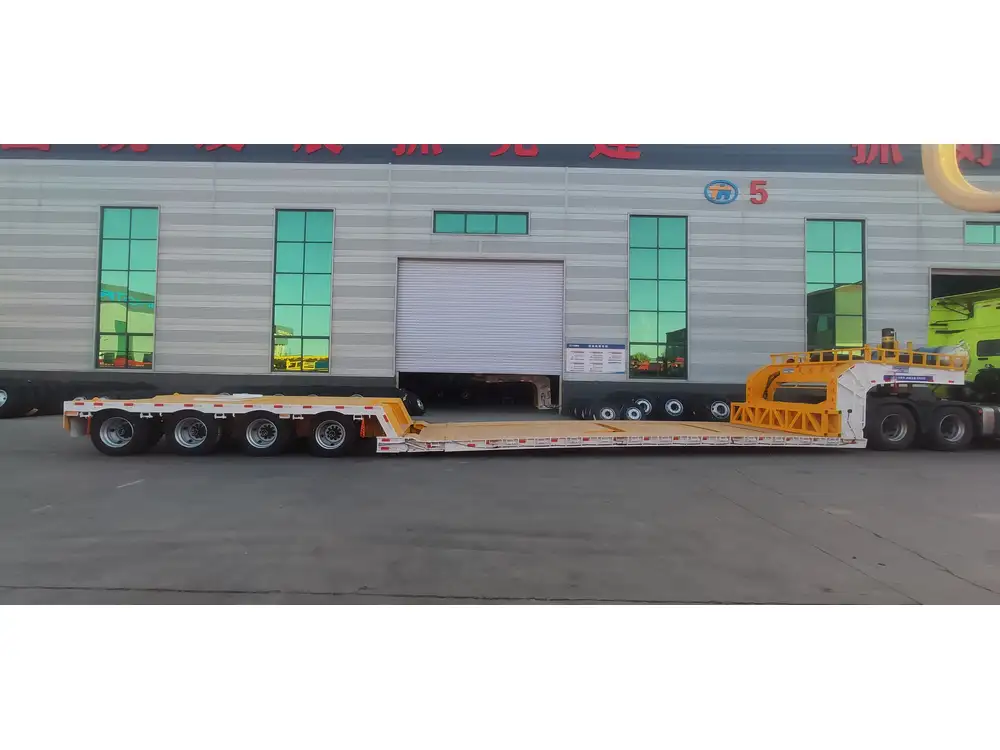
Enhanced Efficiency
One of the most significant advantages of side dump trailers is their ability to unload quickly without requiring horizontal movement. This rapid unloading can drastically reduce downtime on job sites, allowing for more productive use of valuable resources.
Versatility
These trailers are not only beneficial in construction sites but also excel in agricultural settings, where they facilitate the quick unloading of soil and compost. Additionally, side dump trailers can easily navigate uneven terrain, making them suitable for worksites with challenging conditions.
Safety Considerations
By unloading materials from the side, side dump trailers minimize the risk of tipping over compared to end dump trailers. This design enhances operational safety and stability, offering peace of mind for operators in dynamic work environments.
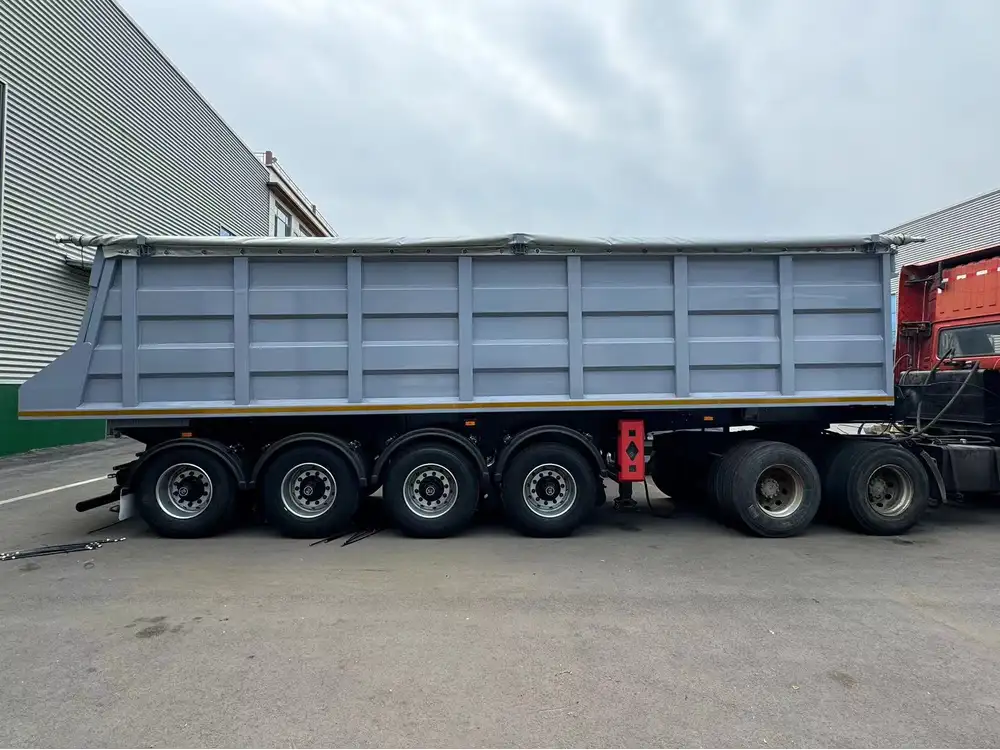
Applications of Side Dump Trailers
Construction and Heavy Industry
In the construction sector, the efficiency of side dump trailers shines when transporting and unloading construction materials. From aggregates to asphalt, these trailers provide a reliable means for contractors to streamline workflow.
Agriculture
For farms and agricultural enterprises, side dump trailers facilitate the movement of materials like fertilizers and soil. Their ability to handle bulk quantities efficiently makes them invaluable assets in maintaining productivity in farming operations.
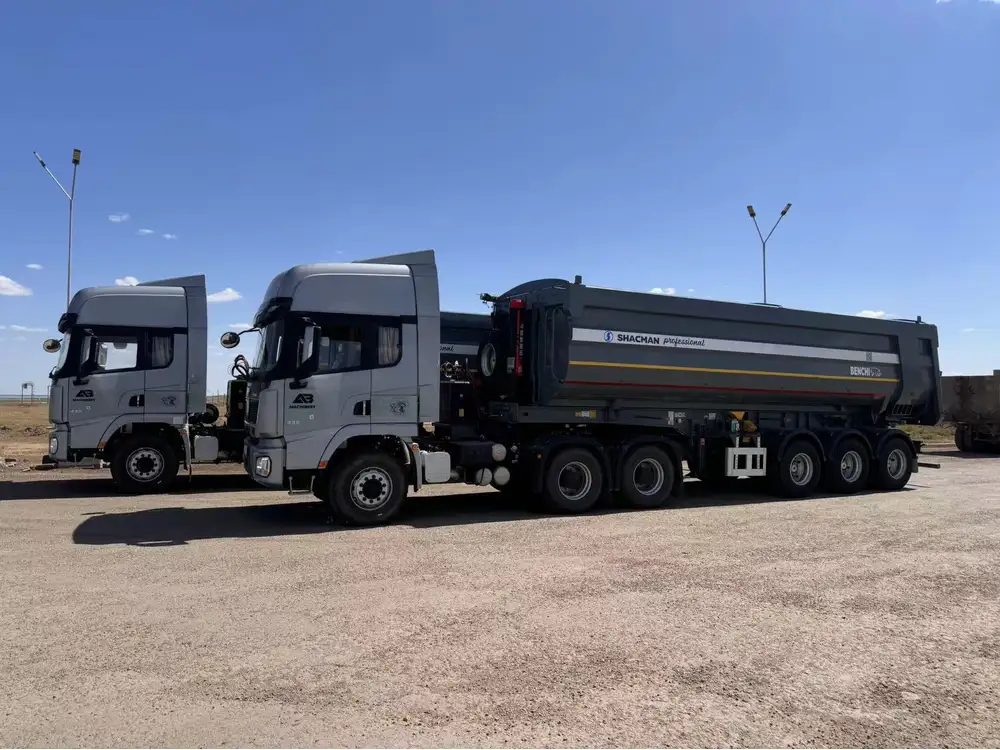
Landscaping
In landscaping projects, these trailers are perfect for transporting and dumping a variety of materials, including rocks, mulch, and soil. Their versatility allows landscapers to adapt to various project needs with ease.
Factors to Consider When Choosing a Side Dump Trailer
Trailer Size and Capacity
The first consideration in choosing a side dump trailer is its size and capacity. Assess the typical loads you plan to transport and ensure the trailer aligns with those requirements. Larger trailers offer the advantage of accommodating bigger loads, while smaller trailers provide greater maneuverability.

Build Quality and Material
The construction materials of the trailer will significantly influence durability and load capacity. Opt for trailers made of high-quality steel or aluminum designed to withstand the rigors of heavy-duty use.
Hydraulic System Performance
Evaluate the hydraulic system’s efficiency, as this impacts how quickly and precisely the trailer can unload. A well-engineered hydraulic system can significantly improve your turnover times on projects.
Compatibility with Your Vehicle
Ensure that your existing truck or towing vehicle has the proper towing capacity to handle the side dump trailer you intend to purchase. Consult specifications to avoid compatibility issues.

Common Questions About Side Dump Trailers
How Does a Side Dump Trailer Work?
A side dump trailer operates using hydraulic cylinders that raise one side of the trailer bed while the other side remains grounded. As the trailer bed tilts, the payload is released in a controlled manner, allowing for efficient unloading.
What Types of Materials Can Be Transported?
Side dump trailers excel at transporting loose materials, including soil, sand, gravel, and aggregates. However, they may not be suited for hauling liquids or large, solid items that require a flatbed solution.
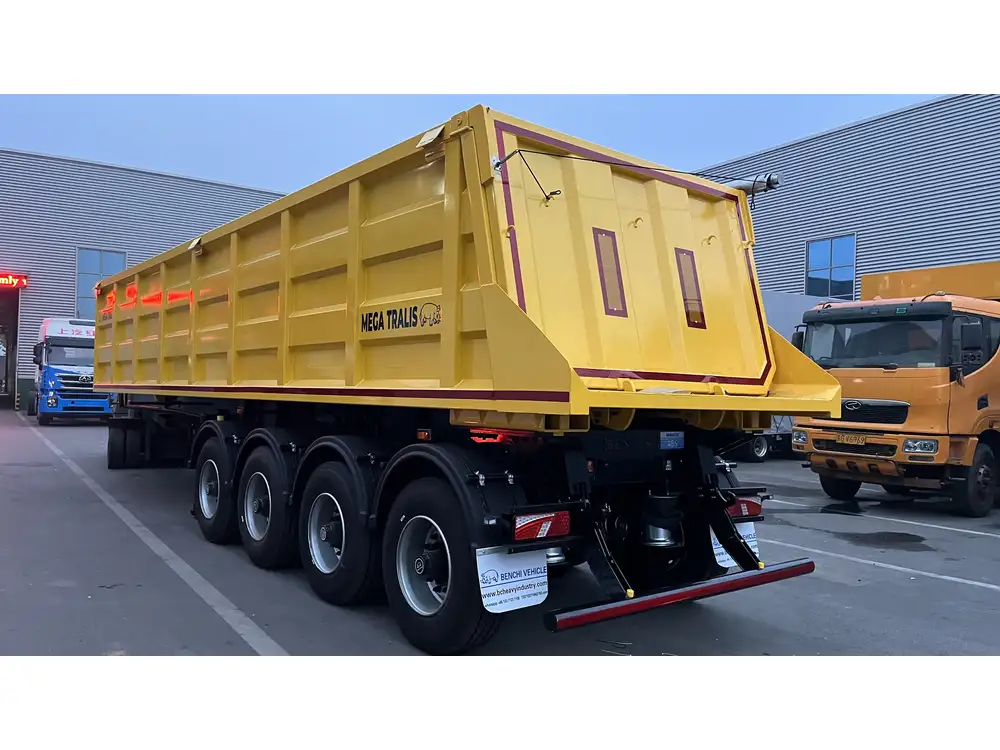
Are Side Dump Trailers Safe?
When operated correctly, side dump trailers are generally safe. Nevertheless, operators must adhere to best practices regarding weight loading, unloading sites, and vehicle compatibility to minimize risks.
Maintenance Tips for Side Dump Trailers
Regular Inspections
Perform routine inspections to check for wear and tear, especially on hydraulic systems and structural components. Regularly assess the integrity of the trailer for any signs of damage, corrosion, or fatigue.

Hydraulic System Care
Ensure that the hydraulic fluid is maintained at appropriate levels and that there are no leaks. Regularly servicing the hydraulic components will enhance overall efficiency and longevity.
Tire and Brake Maintenance
Tire maintenance is crucial for safety and optimal performance. Inspect tire pressure, tread wear, and alignment regularly. Similarly, evaluate the braking system to confirm it functions correctly under varied conditions.
Future Trends in Side Dump Trailer Technology
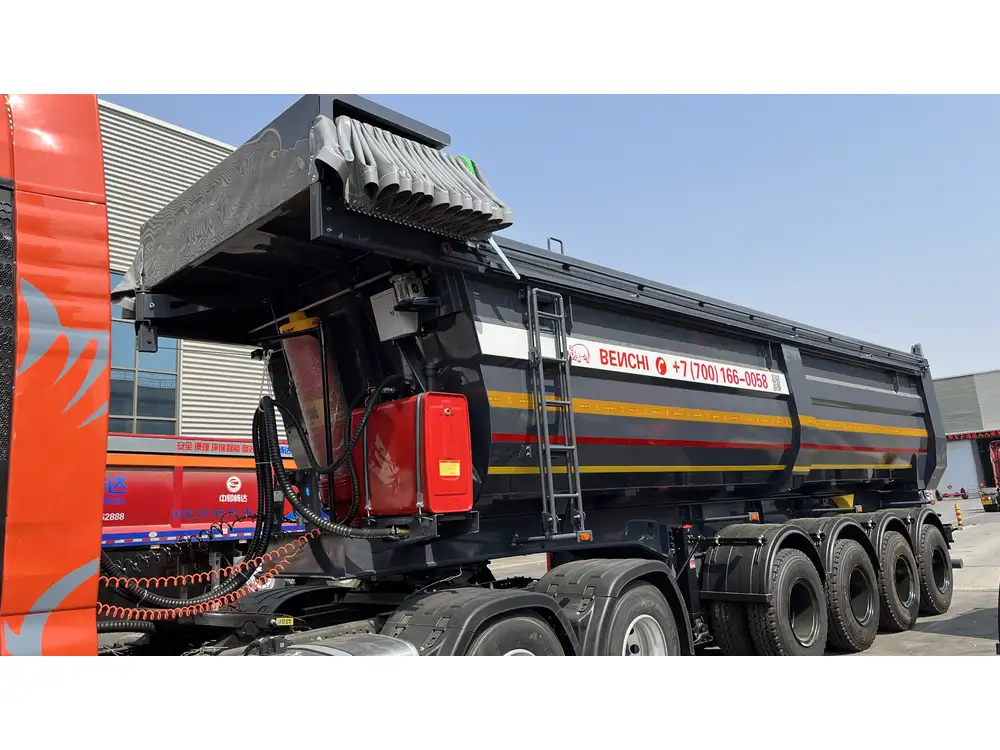
Automation and Smart Features
As technology advances, the integration of automation in trailer design, including proximity sensors and self-dumping features, will likely increase efficiency and safety in operations. These innovations enable the operator to have enhanced control over unloading processes.
Enhanced Materials
With a growing emphasis on sustainability, the use of lighter, more durable materials in trailer construction is expected to become more prevalent, improving fuel efficiency and reducing operational costs over time.
Customization Options
As demands in various industries evolve, manufacturers will increasingly offer customization options to suit specific operational needs, including tailored lengths, payload capacities, and specialized features for unique material handling applications.

Conclusion
Side dump trailers represent a transformative piece of equipment for various industries, bridging the gap between conventional hauling methods and innovative solutions designed for efficiency and safety. By understanding the fundamentals, advantages, applications, and maintenance of side dump trailers, you position yourself to make informed decisions that can significantly enhance productivity in your operations. With advancements on the horizon, these trailers will continue to evolve, cementing their role as vital tools in modern logistics and material management.



